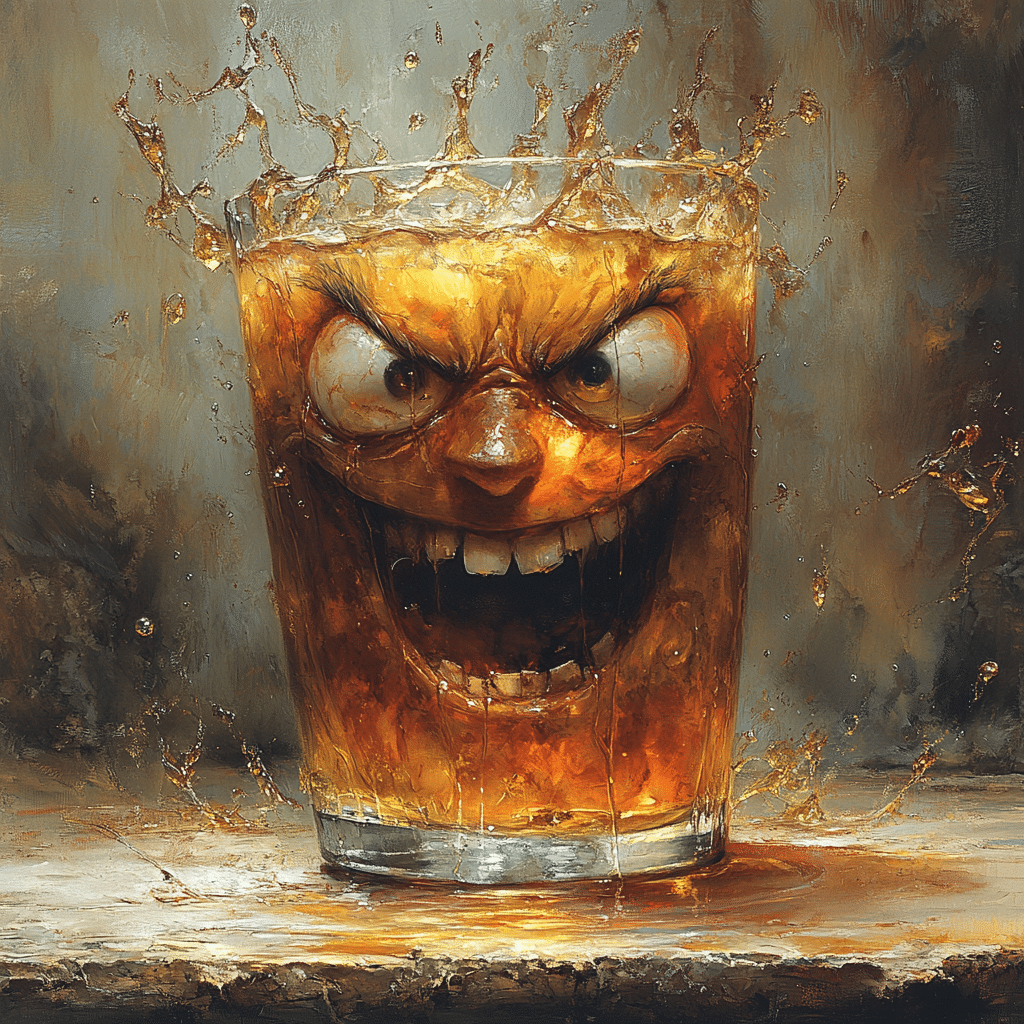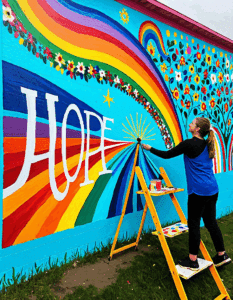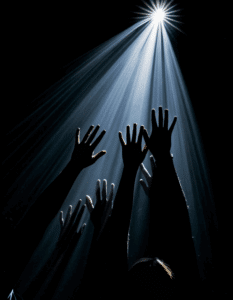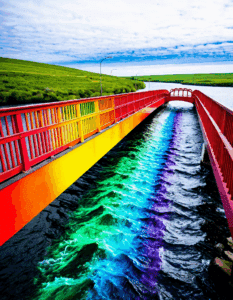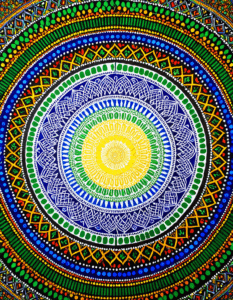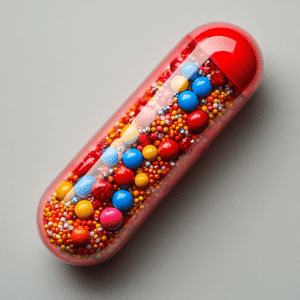The Subtle Signs of an Alcoholic Face Unfolded
Alcohol consumption can lead to profound changes in one’s physical appearance, often forming what is popularly known as the alcoholic face. These transformations encompass various dermatological and structural modifications, revealing the silent yet telling signs of chronic alcohol abuse. By identifying these subtle indicators, families and medical professionals can better understand the extensive toll excessive drinking takes on the body.
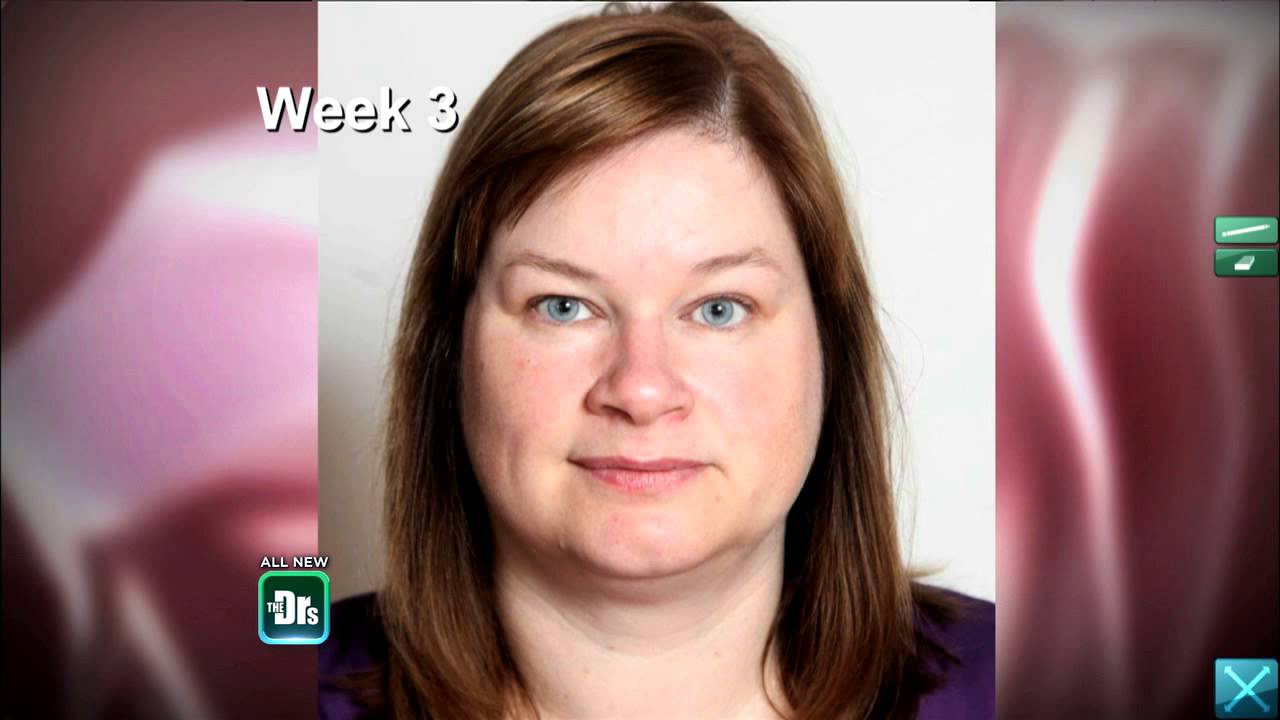
1. Redness and Rosacea: The Early Warning Signs
Persistent redness and the onset of rosacea are frequently among the first visible signs of an alcoholic face. Alcohol dilates blood vessels, making them more noticeable and causing the skin to appear perpetually flushed and inflamed. Chronic drinking can exacerbate this condition, leading to a more permanent and pronounced redness, especially on the cheeks and nose.
Think about the transformation seen in Tom Brokaw, the renowned TV anchor. During his heavy drinking years, many speculated that his chronic rosacea became more noticeable, highlighting the impact of alcohol on his skin. If you observe persistent redness, read more on How To treat red face From alcohol early on.

| Attribute | Description | Typical Changes/Effects | Long-term Impact |
| Facial Skin | Skin appearance is affected by alcohol leading to various changes. | Redness, broken capillaries, dullness, yellowing, dehydration, and premature aging. | May improve with sobriety, but some damage (e.g., broken capillaries) may remain permanent. |
| Nose (Alcoholic Nose) | Chronic and irreversible condition caused by alcohol. | Rhinophyma – redness, swelling, and bulbous shape. | Permanent if develops; requires medical intervention to improve appearance. |
| Eyes (Alcoholic Eyes) | Adverse effects on eyesight and overall eye health caused by chronic alcohol consumption. | Bloodshot eyes, yellowing of the whites (jaundice), drooping eyelids, and dark circles. | Improvement possible with sobriety, though some issues, like jaundice, may indicate liver damage. |
| Weight and Shape | Nutrient metabolism and priorities change due to excessive alcohol consumption. | Weight loss, muscle loss, and a potentially thinner face as a result of malnutrition. | Recovery depends on nutritional intake and sobriety. |
| Hydration Levels | Alcohol is a diuretic, causing the body to lose more water and become dehydrated. | Dehydrated skin, puffiness, and prominent facial lines. | Improvement likely with sobriety and proper hydration. |
| Overall Facial Health | Combination of factors listed above. | General appearance may seem aged and unhealthy. |
2. Persistent Puffiness: Alcohol-Induced Inflammation
Another discernible feature of an alcoholic face is the constant puffiness and swelling, notably around the eyes and cheeks. Alcohol acts as a diuretic, causing the body to retain water and electrolytes. This reaction results in persistent bloating, often giving the face a fuller and more tired look.
Actor Mickey Rourke’s changing facial appearances over the years underscore the impact of prolonged alcohol abuse. His noticeable facial puffiness mirrors the effects of chronic inflammation, providing a stark visual representation of the alcoholic face. For more information on this, visit our detailed guide on puffy face alcohol.

3. ‘Alcoholic Nose’: Rhinophyma Under the Spotlight
Rhinophyma, the severe enlargement of the nose, is another hallmark of chronic alcohol abuse. This condition, characterized by a bulbous, red, and swollen appearance, often draws public attention. Alcoholic nose pictures, such as those of classic comedian W.C. Fields, vividly capture the extent to which alcohol can alter nasal structure.
Understanding alcoholic nose and its irreversible nature highlights the need for early intervention. Despite sustained sobriety, some changes, like an alcoholic nose, persist, underscoring the chronic damage inflicted by alcohol on the body.
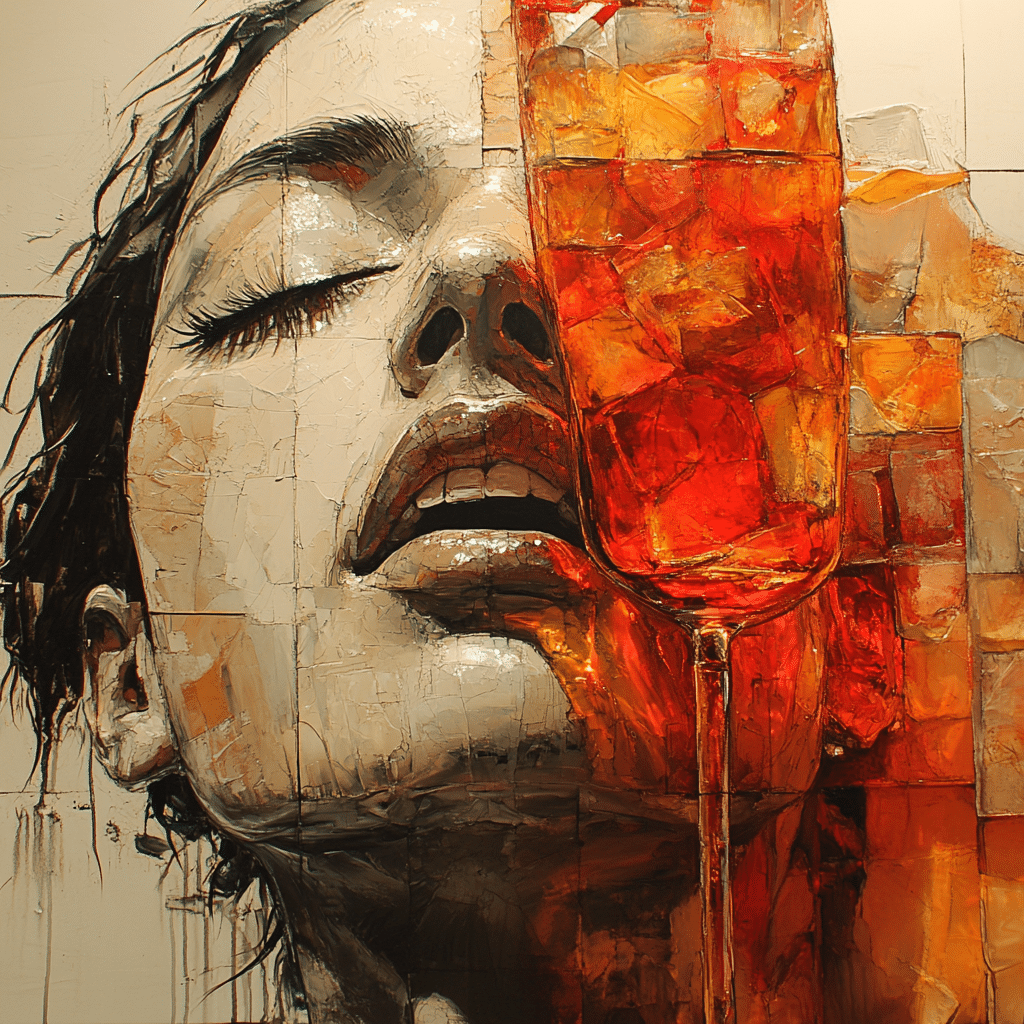
4. Broken Capillaries: The Spider Web Effect
Excessive alcohol consumption often leads to the emergence of broken capillaries, particularly on the face. These appear as red or purple spider-web-like structures, usually seen on the cheeks and nose. High blood pressure and weakened blood vessel walls due to prolonged drinking contribute to this condition.
Lindsay Lohan, a Hollywood star who has seen public struggles with alcohol, provides a clear example. Over the years, the visibility of broken capillaries on her face has served as a testament to the impact of alcoholism on her skin’s vascular health.
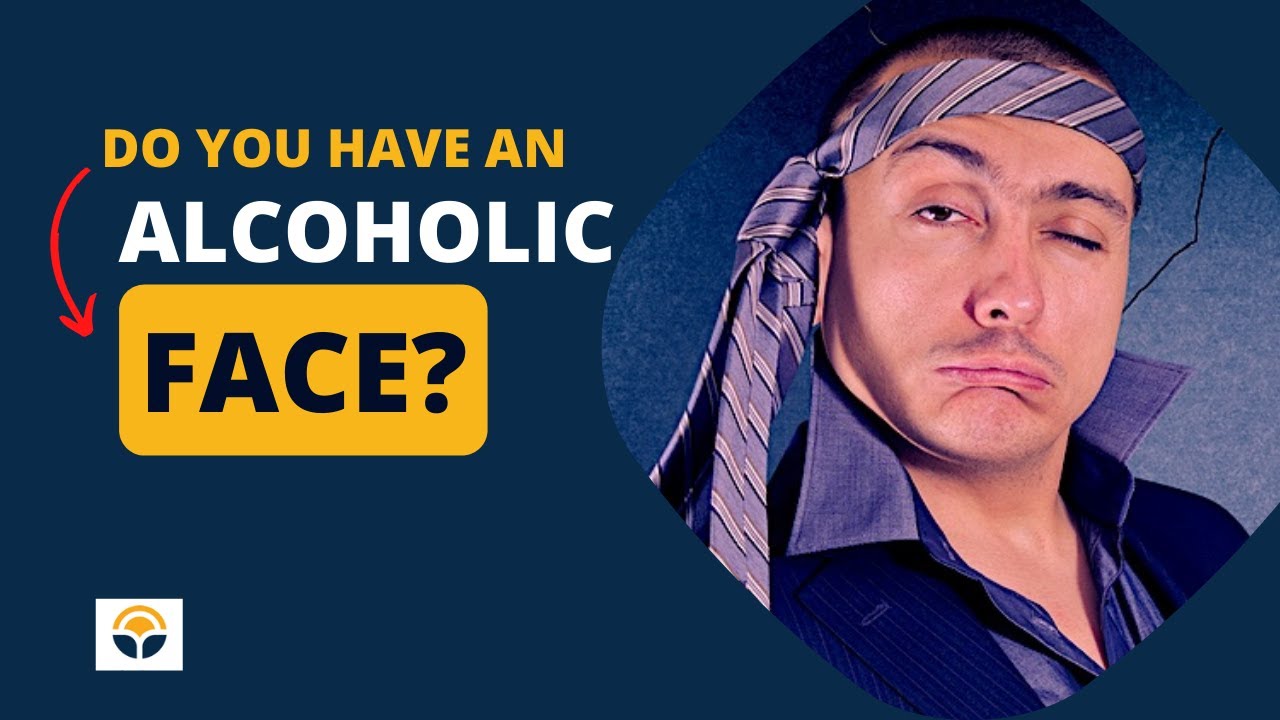
5. Dry and Dull Skin: Dehydration’s Mark
Alcohol’s dehydrating effects can leave the skin parched, leading to a dull and dry complexion. Over time, this can speed up the aging process, causing the skin to lose its elasticity, resulting in fine lines and wrinkles. The once vibrant skin becomes tired and aged, stripped of its natural glow.
Pop singer Britney Spears’ public appearances over different periods offer a vivid illustration of this phenomenon. Her struggle with alcoholism has occasionally been mirrored in the changing texture and elasticity of her skin.
6. Dark Circles and Sunken Eyes: Sleep and Nutrient Deprivation
Alcohol disrupts sleep patterns and depletes essential nutrients, leading to pronounced dark circles and sunken eyes. The combination of poor sleep and nutrient deficiency results in a fatigued, worn-out look, commonly referred to as “alcoholic eyes.”
Actor Charlie Sheen is a prominent example. His turbulent years of alcohol and substance abuse highlight the detrimental effects on his appearance, showing more prominent dark circles and sunken eyes. The concept of highschool Of The dead Characters also imagines similarly stark physical transformations influenced by distress.
How to Spot an Alcoholic Face
Recognizing the signs of an alcoholic face is crucial for early intervention and support. Consistent patterns to look out for include:
What Does an Alcoholic Face Look Like? An In-Depth Analysis
So, what does an alcoholic face look like? It’s characterized by a blend of symptoms: enduring facial redness, puffiness, dry skin, broken capillaries, and significant nasal changes. Together, these features paint a comprehensive picture of the physical alterations driven by excessive alcohol consumption over time.
Preventive Measures and Reversal Possibilities
Understanding these symptoms is the first step to planning intervention. Reducing alcohol intake and pursuing medical help or counseling can help lessen these effects. Adopting a healthier lifestyle, skin treatments, healthier diet, and staying hydrated can rejuvenate the skin and, in some cases, reverse some of the damage.
Reflections and Next Steps
Recognizing the signs of an alcoholic face and understanding their origins arms us with valuable tools to combat alcohol abuse. Awareness and early intervention are critical in diminishing these physical changes and promoting recovery. Knowledge, empathy, and communal support, like that provided by organizations such as Mothers Against Addiction, can drive substantial change and foster hope for healthier futures. This is also useful information for anyone who might be considering resources like the pill With es on it as a means to combat addiction issues.
For parents grappling with the heartache of watching their children struggle with addiction, recognizing an alcoholic face early can be a pivotal step in providing timely support and intervention. Remember, turning the tide against addiction starts with awareness, compassion, and a robust community. Through the empowering journey of knowledge and action, we can offer hope and healing to those in dire need.
Alcoholic Face: The Silent Changes You Can’t Ignore
Ever notice small shifts in someone’s facial features and wondered what’s going on? Let’s dive into the concept of “alcoholic face” and reveal some intriguing facts about it.
Puffy Face and Red Nose
Over time, frequent alcohol use can lead to a puffy face and a red nose. These are often caused by increased blood flow to the skin and water retention, which might remind you of checking out what is the current housing interest rate. Strange connection, huh? But really, it’s all about observing changes that seem mundane but tell you a lot more.
Broken Capillaries
One fascinating fact: those tiny red, broken capillaries you might see on someone’s face can be a result of heavy drinking. These little lines can be triggered by alcohol’s impact on the blood vessels. It’s kinda like the fine print you’ll find with everything but the house purchase – easily ignored but super telling.
Droopy and Saggy Skin
Consistent alcohol use can also lead to droopy and saggy skin. This happens because alcohol dehydrates the skin, causing it to lose elasticity. It’s somewhat similar to noticing how home mortgage loans rates shift and impact your funds over time. Consistent patterns leading to significant changes—it all adds up!
Dark Circles and Eye Bags
Dark circles and puffy eye bags are another part of the alcoholic face package. The body struggles to get enough restful sleep due to alcohol, leading to these visual cues. Think of how you notice subtle changes in a pill with l marking – small but indicative of bigger things.
Wrinkles and Fine Lines
Here’s a fun fact – alcohol depletes vitamins and antioxidants, leading to premature wrinkles and fine lines. Picture it similar to understanding what are discount points on a mortgage; the tiny details matter and have a lasting impact on your finances or, in this case, your skin.
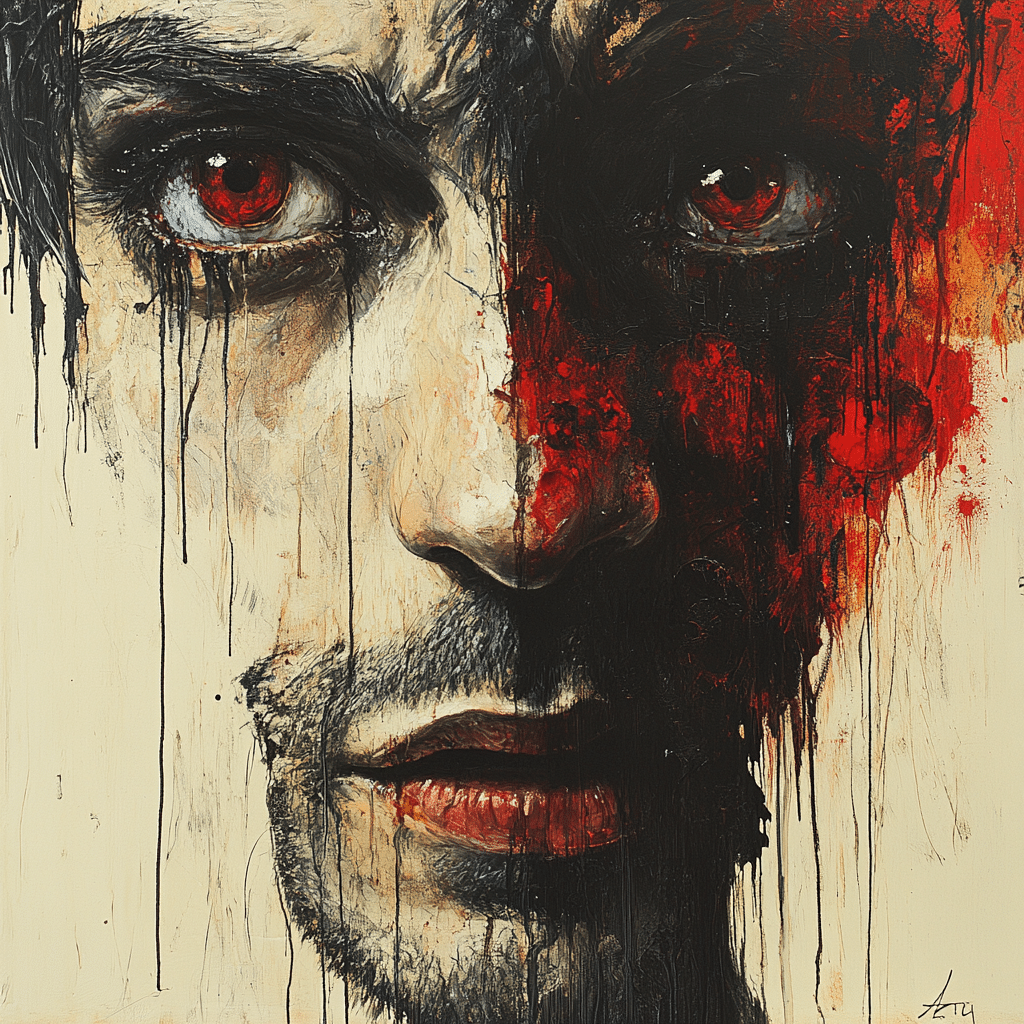
What are alcoholic facial symptoms?
Alcoholic facial symptoms include redness, puffiness, and broken capillaries. People might also have swollen or puffy eyes and skin that looks dry or damaged.
Can alcoholism change the shape of your face?
Yes, alcoholism can change the shape of your face. Prolonged drinking can lead to muscle and weight loss, giving a leaner, more gaunt appearance, especially around the cheeks and eyes.
Can you get rid of alcoholic face?
Most facial changes due to alcohol will improve with prolonged sobriety. However, certain conditions, like an alcoholic nose (rhinophyma), may be permanent and require medical treatment.
What is alcoholic eyes?
“Alcoholic eyes” is a term used to describe various eye-related issues caused by heavy drinking. This can include bloodshot eyes, jaundice, and even more severe problems like optic neuropathy.
What does a heavy drinker’s face look like?
A heavy drinker’s face might look puffy and red, with noticeable broken capillaries. Their skin can also appear blotchy or discolored.
What are 3 symptoms of an alcoholic?
Three symptoms of an alcoholic are drinking alone or in secret, neglecting personal and professional responsibilities, and experiencing withdrawal symptoms when not drinking.
What happens to your face if you drink alcohol everyday?
Drinking alcohol every day can lead to a puffy, red face, broken capillaries, and dry or damaged skin. You can also develop bags under your eyes and a general worn-out look.
How to spot an alcoholic?
Spotting an alcoholic may involve noticing someone drinking frequently and heavily, experiencing mood swings, neglecting their responsibilities, and showing physical signs like a red face or shaking hands.
Does your face look different after quitting alcohol?
After quitting alcohol, your face will likely look less puffy and red over time. Your skin might clear up, and overall you could look healthier as your body starts to recover.
What is an alcohol nose?
An alcohol nose, or rhinophyma, is a condition where the nose becomes red, swollen, and bumpy. It’s commonly associated with long-term heavy drinking.
Will my face look younger if I quit drinking?
Yes, quitting drinking can make your face look younger. The reduction in puffiness, redness, and dryness will help create a more youthful appearance.
What does an alcoholic belly look like?
An alcoholic belly often looks bloated or distended due to liver damage and fluid accumulation in the abdomen. This can be more pronounced in heavy drinkers.
How to get rid of alcohol bloat face?
To get rid of an alcohol bloat face, stop drinking, stay hydrated, and follow a healthy diet. Over time, your face should return to a more normal appearance.
Why do alcoholics have dark circles?
Alcoholics often have dark circles under their eyes due to poor sleep and dehydration. Alcohol disrupts sleep patterns and dehydrates the body, leading to these noticeable symptoms.
Can an eye exam detect alcoholism?
An eye exam can sometimes detect signs of heavy drinking, like jaundice or damage to blood vessels in the eyes. These might hint at underlying liver issues related to alcohol use.
What are alcohol abnormal facial features?
Abnormal facial features from alcohol include redness, puffiness, broken capillaries, and skin that appears dry or damaged. Long-term use can create more permanent changes like rhinophyma.
What are the skin signs of an alcoholic?
Skin signs of an alcoholic can include redness, blotchiness, broken capillaries, puffiness, and dryness. The skin may also have a generally unhealthy look due to poor hydration and nutrition.
What is alcoholism flushing of the skin?
Alcoholism can cause flushing of the skin, where the face and neck become red and warm. This happens due to the dilation of blood vessels from alcohol consumption.
What is alcoholic rosacea?
Alcoholic rosacea is a skin condition marked by redness and swelling of the face. It’s often seen in drinkers and can be aggravated by alcohol consumption.

